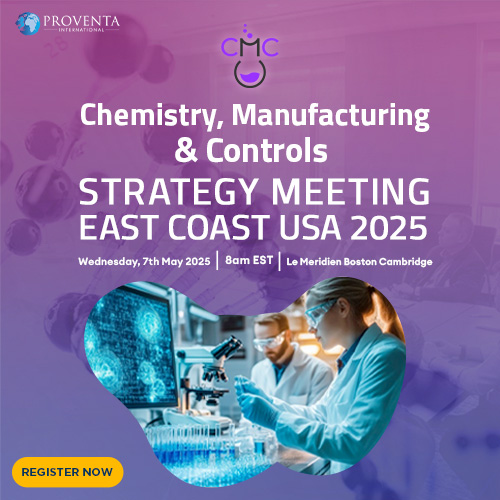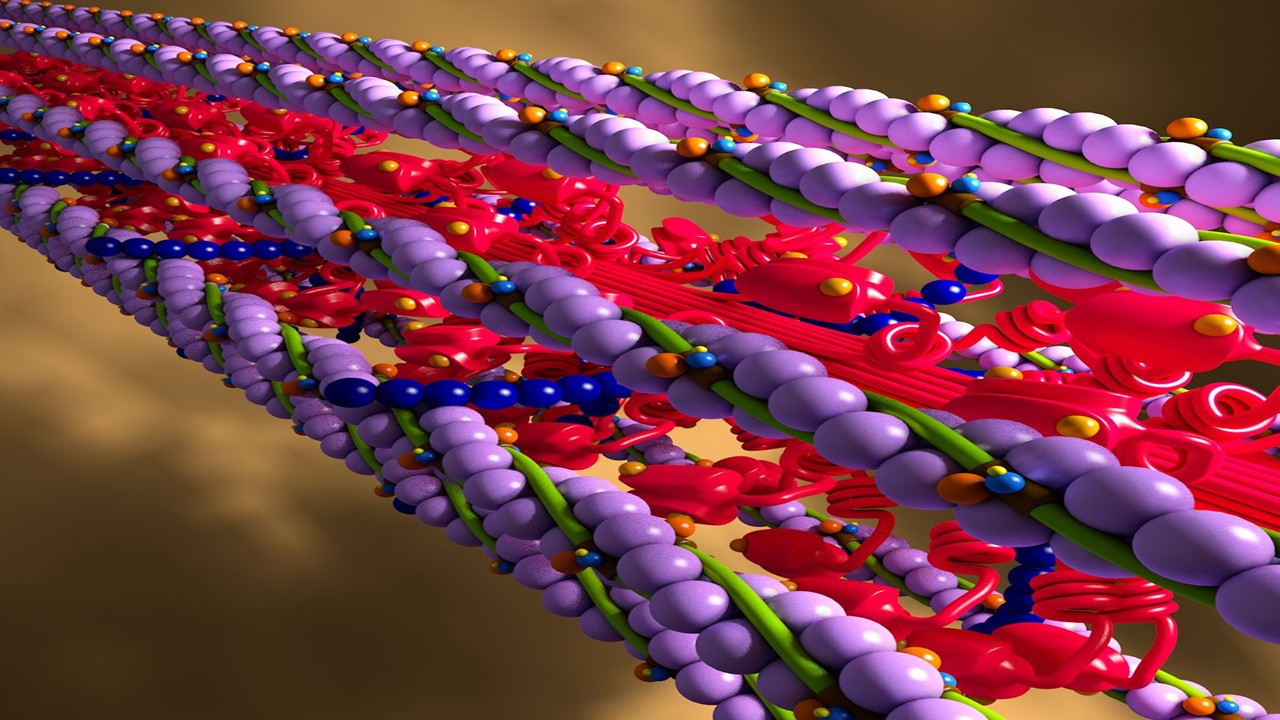The Promise of Continuous Flow Chemistry
Continuous flow chemistry has emerged as a transformative approach in pharmaceutical synthesis, offering advantages over traditional batch processes. By enabling precise control over reaction parameters such as temperature, pressure, and flow rates, this method minimizes waste, enhances scalability, and improves safety for high-risk reactions. The pharmaceutical industry, in particular, has embraced continuous flow systems to synthesize complex molecules like HIV integrase inhibitors, where efficiency and reproducibility are critical. Unlike batch reactors, flow systems allow for rapid parameter adjustments without physical reconfiguration, accelerating both discovery and production phases.
A key challenge in optimizing continuous flow processes lies in managing the interplay of variables that influence reaction outcomes. Parameters like reactor geometry, flow velocity, and thermal gradients can drastically alter product yields, demanding meticulous experimental validation. Traditional optimization strategies, such as one-variable-at-a-time (OVAT) testing, are resource-intensive and often fail to account for synergistic effects between factors. This has spurred interest in computational tools capable of simulating fluid dynamics and reaction kinetics to predict outcomes before physical experiments begin.
The integration of computational fluid dynamics (CFD) into reaction engineering represents a paradigm shift. By modeling heat transfer, species concentration, and fluid behavior in silico, researchers can identify optimal conditions with reduced reliance on costly trial-and-error experimentation. For reactions involving thermally sensitive intermediates or exothermic steps, CFD provides insights into localized temperature spikes or mixing inefficiencies that could compromise yield. This computational-first approach aligns with the broader push toward digitalization in pharmaceutical manufacturing, where predictive models are increasingly seen as indispensable tools.
Navigating Complexity with Computational Models
Computational fluid dynamics employs numerical methods to solve coupled equations governing mass, momentum, and energy transport within reactors. For the synthesis of dolutegravir intermediates, a laminar flow regime was assumed due to low Reynolds numbers, simplifying the Navier-Stokes equations that describe fluid motion. The simulations incorporated radial and axial gradients in temperature and concentration, critical for capturing real-world reactor behavior. By discretizing the reactor geometry into finite mesh elements, the model predicted how variations in tubing diameter, length, and flow rate affected residence time—a key determinant of reaction completion.
The accuracy of CFD hinges on empirical parameters such as reaction kinetics, viscosity, and heat capacity. In this study, batch experiments using in situ Raman and infrared spectroscopy provided kinetic data, revealing second-order dependence on reactant concentrations. Calorimetry measurements quantified the reaction’s exothermicity, while viscosity profiles ensured realistic fluid behavior in simulations. These inputs were integrated into a COMSOL Multiphysics® model, which solved time-dependent transport equations across a mesh of up to 403,962 elements. The simulations assumed instantaneous mixing post a tee junction—a simplification validated by three-dimensional mixing studies showing complete homogenization within 2 cm of the junction.
Despite these advances, computational models face inherent limitations. The assumption of ideal heating, for instance, overlooked potential temperature gradients in experimental setups. Similarly, neglecting minor impurities detected in HPLC analyses introduced discrepancies between predicted and observed yields. Nevertheless, the model’s ability to rank factors by significance—residence time and temperature being paramount—demonstrated its utility as a screening tool. By narrowing the experimental design space, CFD reduced the need for exhaustive lab trials, aligning computational efficiency with industrial practicality.
Designing Experiments in Silico and In Vitro
A fractional factorial Design of Experiments (DoE) was employed to compare computational predictions with laboratory results. Five variables—reactor length, inner diameter, flow rate, temperature, and molar ratio—were tested at high and low levels. The experimental design prioritized efficiency, using 16 unique conditions replicated threefold to account for variability. Concurrently, CFD simulations performed a full factorial analysis, leveraging computational speed to explore all 32 possible combinations. Both approaches identified reactor residence time (governed by length, diameter, and flow rate) and temperature as the dominant factors influencing yield.
Statistical analysis of the experimental data revealed subtle interaction effects, such as the interplay between temperature and molar ratio. At elevated temperatures, excess reagent ratios boosted yields by driving the reaction to completion, whereas at lower temperatures, stoichiometric imbalances had negligible impact. These interactions, absent from the CFD model, underscored the complexity of real-world systems. However, the computational approach excelled in isolating primary effects: simulations correctly predicted that longer reactors and higher temperatures would enhance conversion, validating their use for initial screening.
Discrepancies between the two methods emerged in yield predictions. At low residence times, CFD underestimated yields by up to 19%, while overestimations occurred at longer durations. These errors were attributed to unmodeled side reactions producing an unidentified impurity, detectable via HPLC but absent from simulations. Despite this, the correlation between predicted and experimental yields remained strong, with absolute deviations below 20% across all conditions. The findings suggest that while CFD cannot fully replace empirical validation, it dramatically accelerates process optimization by highlighting critical variables and reducing experimental iterations.
Decoding the Variables: Temperature, Time, and Tubing
Residence time—the duration reactants spend within the reactor—emerged as the most influential factor in both models. Governed by tubing length, diameter, and flow rate, it dictates the extent of molecular interaction and reaction completion. Longer residence times, achieved through reduced flow rates or extended reactor lengths, allowed more collisions between reactants, increasing yields. However, excessively long durations risked thermal degradation or side reactions, underscoring the need for balanced parameter selection. Temperature’s role was equally pivotal: elevating it from 10°C to 40°C accelerated reaction kinetics, as described by the Arrhenius equation, though it also exacerbated impurity formation.
Reactor geometry profoundly impacted fluid dynamics. Smaller tubing diameters increased flow velocity and radial mixing but raised backpressure, complicating scalability. The choice between 0.25 mm and 1.0 mm inner diameter tubing involved trade-offs: narrower tubes enhanced heat transfer due to higher surface-area-to-volume ratios, while wider tubes minimized clogging risks. Simulations revealed that radial temperature gradients dissipated within 0.5 meters of the reactor inlet, after which isothermal conditions prevailed. This finding informed decisions about optimal reactor lengths, ensuring uniform thermal profiles without unnecessary material usage.
The molar ratio of reactants, while less impactful than time or temperature, revealed context-dependent effects. At high temperatures, excess DMF-DMA drove the reaction forward, compensating for kinetic limitations. Conversely, at lower temperatures, stoichiometric excess had minimal benefit, as reaction rates were governed more by thermal energy than reactant availability. This nuanced interplay highlighted the value of multifactorial models over one-dimensional optimizations, whether computational or experimental.
Predictive Power and Practical Limitations
The study’s CFD model achieved a remarkable R² value of 0.97, indicating strong predictive capability for yield trends. By solving coupled transport equations, it captured the nonlinear relationships between variables, such as how flow rate inversely affects residence time. However, the absence of impurity kinetics in the model introduced systematic errors, particularly at longer reaction times where byproduct accumulation became significant. Future iterations could incorporate impurity formation pathways, refining predictions but requiring additional experimental data for calibration.
Another limitation lay in the assumption of ideal mixing. While simulations confirmed rapid homogenization post-junction, real-world setups might experience imperfect mixing due to manufacturing tolerances or fluctuating flow rates. Similarly, the decision to model straight tubes instead of coiled geometries simplified computations but ignored secondary flow patterns that enhance mixing in helical reactors. Despite these simplifications, the model’s agreement with experimental data validated its utility for initial screening, provided users recognize its boundaries.
The computational cost of CFD remains non-trivial. Each simulation demanded 360 CPU hours on a supercomputing cluster, a resource-intensive process. However, this pales in comparison to the weeks-long timelines of traditional DoE studies involving hazardous reagents or multistep syntheses. For early-stage drug development, where material availability is limited, the trade-off between computational time and experimental risk is overwhelmingly favorable.
Implications for Next-Gen Pharmaceutical Manufacturing
The convergence of CFD and continuous flow chemistry heralds a new era in pharmaceutical manufacturing. By frontloading optimization into silico models, companies can prioritize sustainability, reducing solvent waste and energy consumption. This approach is particularly advantageous for molecules like dolutegravir, where rapid scale-up is critical to meeting global health demands. Furthermore, CFD’s ability to simulate extreme conditions—such as ultrahigh temperatures or pressures—safely explores regions beyond the limits of conventional lab equipment.
The study’s findings also advocate for hybrid workflows. Initial CFD screening can identify critical variables and operational ranges, guiding targeted experimental campaigns. Subsequent lab data can refine models, creating a feedback loop that enhances predictive accuracy. Such workflows are poised to become standard in quality-by-design (QbD) frameworks, where regulatory agencies emphasize deep process understanding and control.
Ultimately, the integration of computational tools into reaction engineering transcends efficiency gains. It represents a cultural shift toward data-driven drug development, where simulations and experiments coexist as complementary pillars. As machine learning advances, future models may autonomously propose optimal reactor designs, accelerating the journey from molecule to medicine. For now, this study underscores CFD’s role as a bridge between theoretical chemistry and industrial pragmatism—a tool as transformative as the reactions it seeks to master.
Study DOI: https://doi.org/10.1039/C8RE00252E
Engr. Dex Marco Tiu Guibelondo, B.Sc. Pharm, R.Ph., B.Sc. CpE
Editor-in-Chief, PharmaFEATURES

Subscribe
to get our
LATEST NEWS
Related Posts

Chemistry, Manufacturing & Controls
Harvesting the Heat: Reclaiming Industrial Energy Losses through Next-Generation Waste Heat Recovery Technologies
Waste heat recovery is now essential—technically sound, economically viable, and environmentally critical.

Chemistry, Manufacturing & Controls
Magnetic Nanoengineering: Overcoming Biological Variability and Enhancing Therapeutic Precision
The future of nanomedicine lies in harmonizing precision, accessibility, and ecological responsibility, ushering in an era where therapies are tailored to individual biological landscapes.
Read More Articles
Myosin’s Molecular Toggle: How Dimerization of the Globular Tail Domain Controls the Motor Function of Myo5a
Myo5a exists in either an inhibited, triangulated rest or an extended, motile activation, each conformation dictated by the interplay between the GTD and its surroundings.













